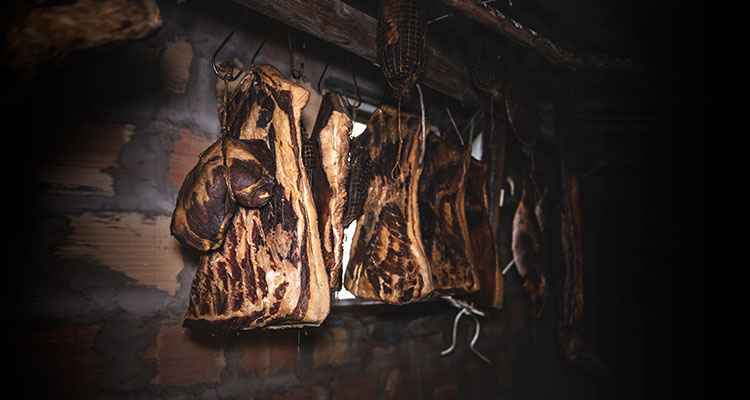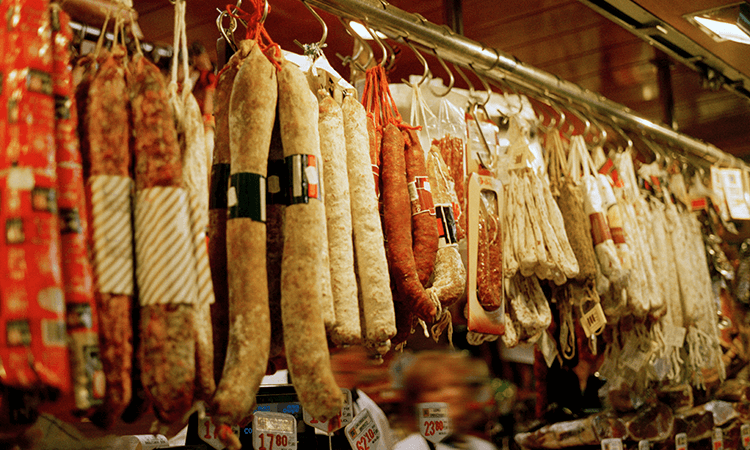The art of commercial dry ageing has long been popular among the most upscale restaurants and luxury gourmet markets, with an established reputation as a consumer favourite.
To achieve the remarkable flavour and unique tender texture found in commercially dry-aged meat requires the laws of science and art to amalgamate in perfect harmony. In the past the process of commercial dry ageing was an expensive, time consuming one, but with the correct awareness and storage units this is no longer the case.

Dry-Aged Meat Storage
The key to attaining the finest dry-aged meat rests on how well the meat is stored. The temperature of the storage facility is therefore crucial for guaranteeing that the drying process is as efficient as possible and to prevent the succession of the ageing process, or the possibility of meat spoilage.
Carefully controlled storage temperature is imperative to ensure that dry-aged meat not only retains its palatable flavour and texture but is also safe to consume. According to research the most effective storage temperatures for dry-ageing meat is between 0 - 4 ̊C, with 2.2 ̊C considered the optimal. See the list compiled below for several scientific studies on dry ageing meat for further details on storage temperature variation.
Incorrect temperatures can encourage rapid bacterial growth in stored meat, which could potentially be hazardous if consumed. It is therefore critical to maintain the correct storage temperature for effectively and safely dry curing meat to maintain its popular palatable flavours while also controlling for quality and shelf-life parameters.
Meat dry-cured in low temperatures will likely cease the ageing process, this is caused by damage to the enzymes which prevents the necessary chemical reactions in the meat.
On the other hand, if the storage temperature is too high the chemical processes also become substantially hindered, this results in what is known as microbial spoilage, causing the meat to activate the decaying process and excrete off-odours and flavours.
Commercial Dry Aging
Another critical factor to consider for the process of commercially dry-ageing meat is the monitoring and effective controlling of relative humidity. Relative humidity refers to the presence of water vapours in the air immediate to the stored meat. The correct humidity is crucial for the dry-ageing process as this prevents spoilage and bacterial growth that can also cause the meat to secrete off-odours and ruin the flavour. This often occurs in too humid environments.
Too little humidity however can lead to excess shrinkage in the meat and excessive, unnecessary loss of produce mass. There is extensive scientific research that suggests the ideal humidity for commercially dry-ageing meat is between 75-80%.
HACCP
Therefore at CRS, we provide a specialist range of HACCP compliant dry-aging refrigerators to ensure that your dry aged meat is preserved in optimal conditions in a cost-effective manner.
For more information about our meat cold storage solutions, contact our expert team today.













